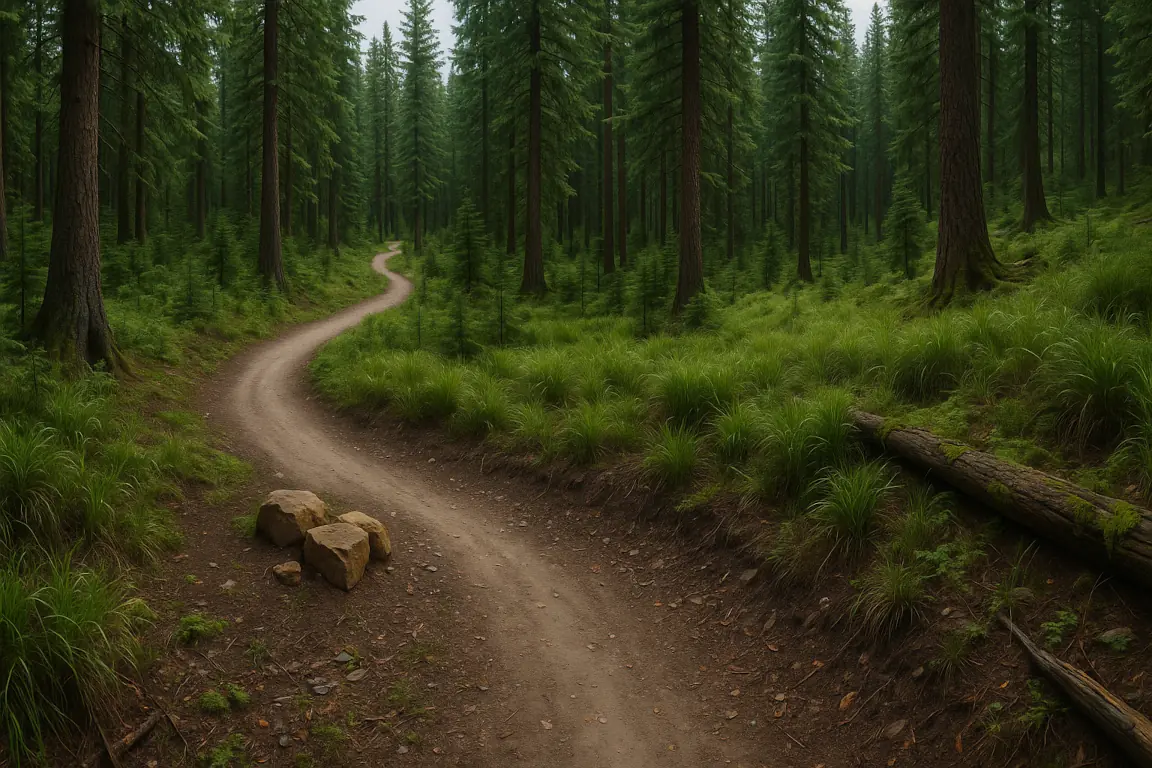
Trail Layout and Flagging
Master the art of planning and marking trail routes for sustainable, enjoyable mountain bike experiences.
Overview
Understanding Trail Layout and Flagging
Trail layout and flagging is the critical first step in trail building that determines the route, flow, and sustainability of your mountain bike trail. Proper layout ensures trails are enjoyable to ride, minimize environmental impact, and require less maintenance over time.
This process involves identifying control points (features you want to include or avoid), determining sustainable grades, and marking the proposed route with flagging tape for review before construction begins.
- Prevents erosion and drainage issues
- Creates sustainable trails that last longer
- Ensures proper flow and rider experience
- Minimizes environmental impact
- Reduces long-term maintenance needs
- Follow the half-rule (trail grade ≤ half the hillside grade)
- Incorporate frequent grade reversals
- Avoid fall-line trails
- Build on contour
- Plan for proper drainage from the start
Types of Trail Layout Approaches
Different methods for planning and laying out your trail, each with specific advantages depending on your terrain and project goals.
Identify key features to include or avoid, then connect them with sustainable trail segments. Ideal for areas with many interesting natural features.
Follow terrain contours to maintain consistent grades and minimize erosion potential. Best for hillsides and areas with significant elevation change.
Establish a general corridor, then fine-tune the exact route within that area. Useful for projects with specific boundary constraints or permissions.